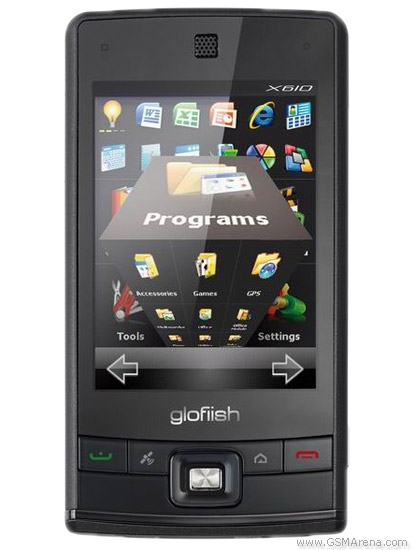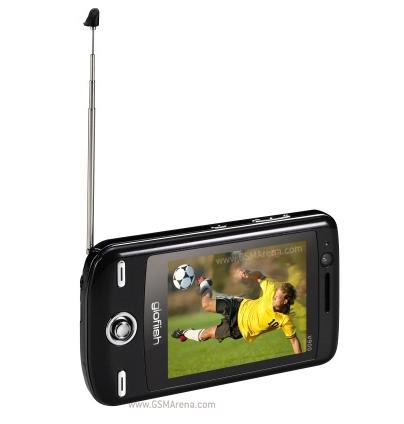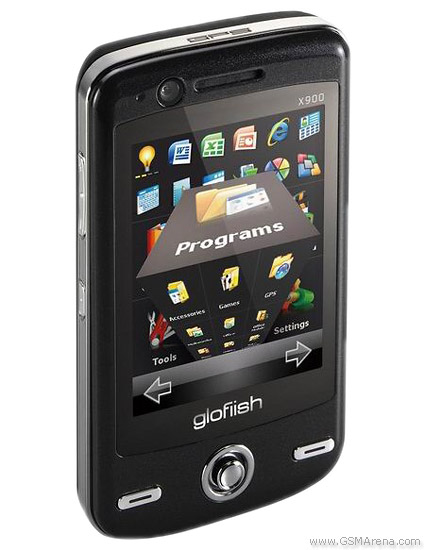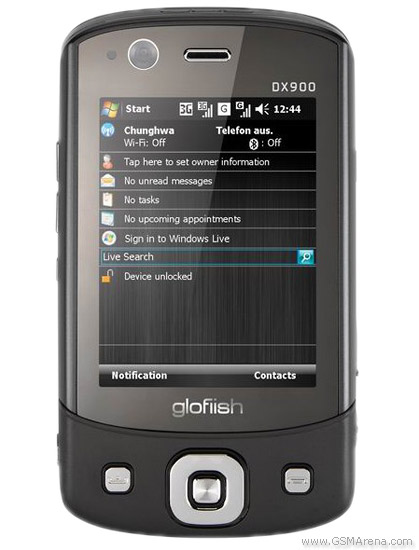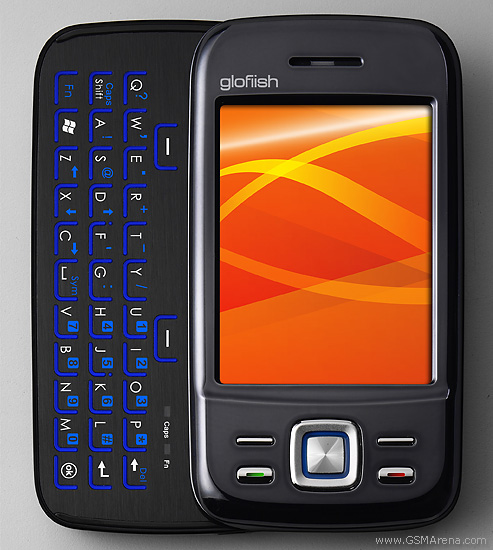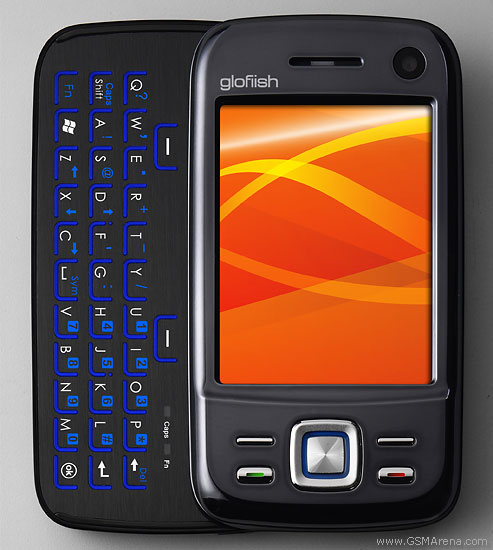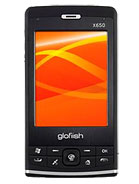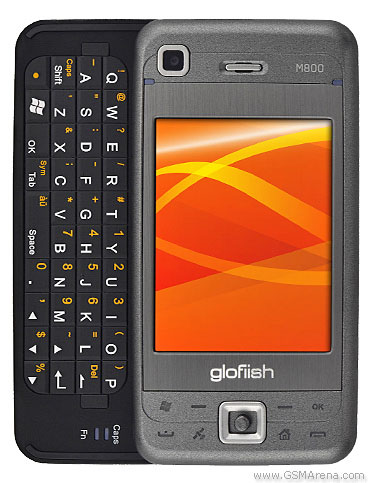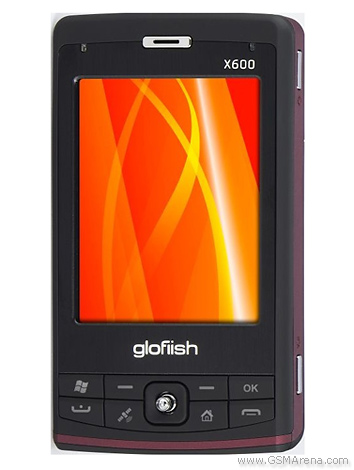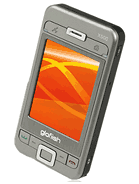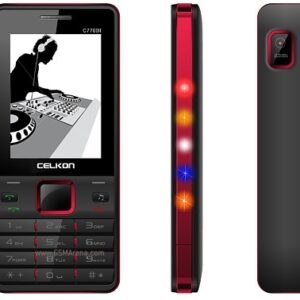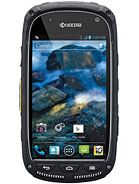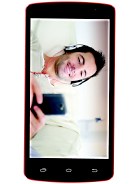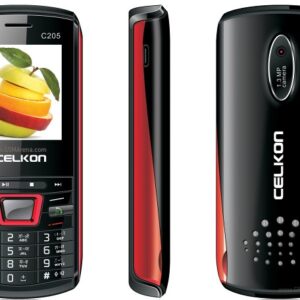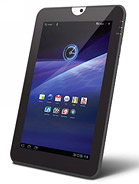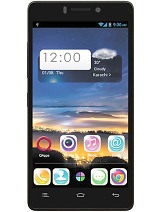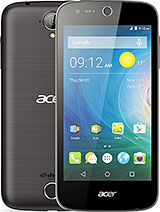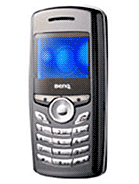Eten P700 Overview
The Eten P700, announced in the first quarter of 2004, is a classic example of early smartphones that catered to both business and tech-savvy users. It blends functionality with the technology of its time, offering a glimpse into the evolution of mobile devices.
- Network: This device supports the basic GSM technology, allowing for voice calls and SMS functionalities. Given its release period, the Eten P700 was not designed for high-speed internet connections like 3G or LTE, focusing instead on basic connectivity.
- Display: It features a 3.5-inch display, which was considered large for its time, providing a decent screen space for viewing content and interacting with the device. The resolution, while not specified, would typically be in the lower range, reflecting the standards of that era.
- Storage and RAM: With 64 MB of storage and 64 MB of RAM, the Eten P700 was geared towards managing basic applications, contacts, and data. This reflects the modest needs of mobile users at the time, before the explosion of app usage and multimedia content.
- Battery: A 1440 mAh battery powers the device, which by today’s standards would be minimal, but was sufficient for the less demanding operations of early smartphones.
- Operating System: Running Microsoft Windows Mobile 2003 PocketPC, the Eten P700 provided users with a mobile version of the familiar Windows interface, including applications like Pocket Office, making it a handy tool for managing documents and emails on the go.
- Additional Features: The device likely included features such as an SD/SDIO slot for memory expansion, basic multimedia capabilities, and possibly connectivity options like Bluetooth for sharing and syncing data.

